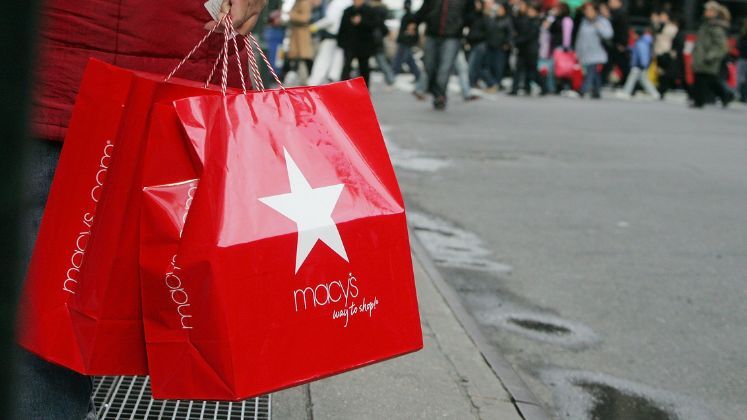Macy’s Inc. is adjusting its business approach amid ongoing tariff challenges linked to imports from China. The company expects that President Trump’s tariffs, even with the current 90-day pause, could reduce its annual gross margin by 20 to 40 basis points if tariff rates remain steady. To manage costs and inventory risks, Macy’s has started cancelling some orders and marking down early spring merchandise.
Following a strong first quarter, Macy’s is focused on processing a significant amount of goods purchased under the 145% tariff imposed on Chinese products. The retailer is discounting spring products that arrived in February and late last year to keep inventory fresh for the summer season. High tariff rates have led Macy’s to delay and cancel some orders, aiming to avoid excess stock.
The company is using a careful strategy to handle price increases. This includes negotiating with suppliers for discounts, absorbing some tariff costs, and spreading expenses over more product categories. This approach helps Macy’s maintain competitiveness and protect its profit margins.
Macy’s has reduced its reliance on goods from China. Last year, about 20% of all products came from China. In the first quarter of 2025, around 27% of private brand products were imported from China, down from over 50% before the pandemic and 32% in 2024. This shift shows Macy’s effort to diversify suppliers and reduce exposure to tariffs.
Due to economic uncertainty and concerns about how consumers will respond to higher prices, Macy’s lowered its full-year profit forecast but kept its revenue growth outlook unchanged. The company now expects adjusted EBITDA as a percentage of revenue to fall between 7.4% and 7.9%, down from an earlier forecast of 8.4% to 8.6%.
If sales slow down from first-quarter levels, Macy’s will need to cancel more orders and increase markdowns to keep inventory balanced with sales. The company plans to raise prices cautiously to maintain profitability without losing customers.
Macy’s is preparing carefully for the important fall and holiday shopping seasons. The company’s more optimistic forecast relies on steady sales in March and April and limited impact on gross margins.















